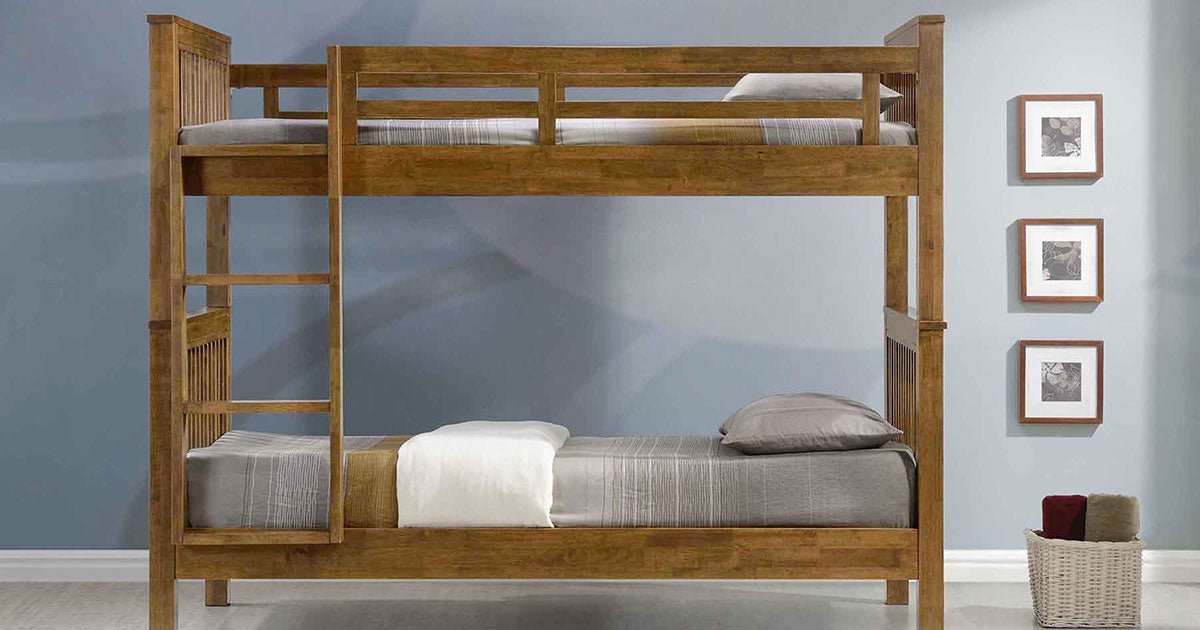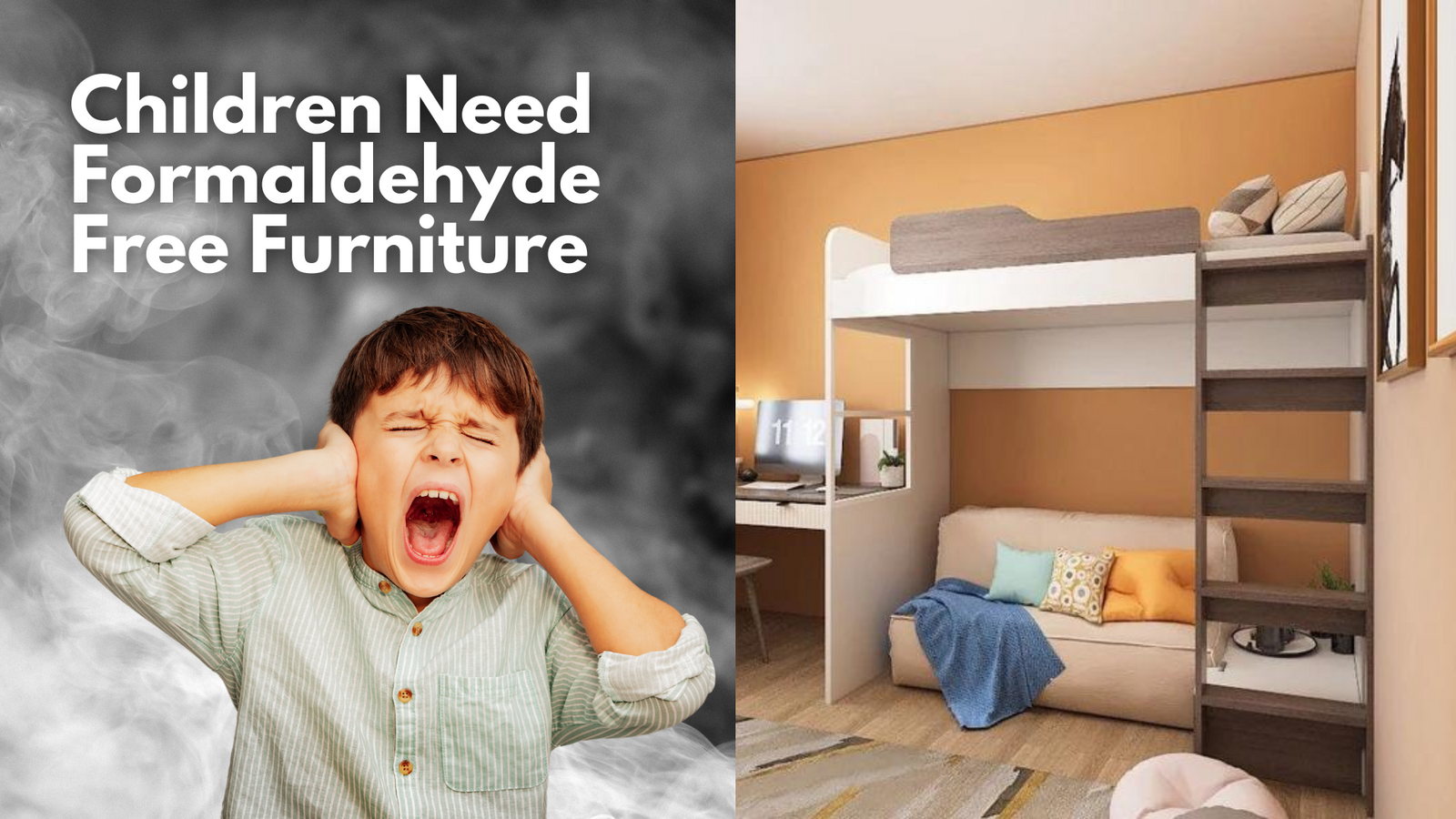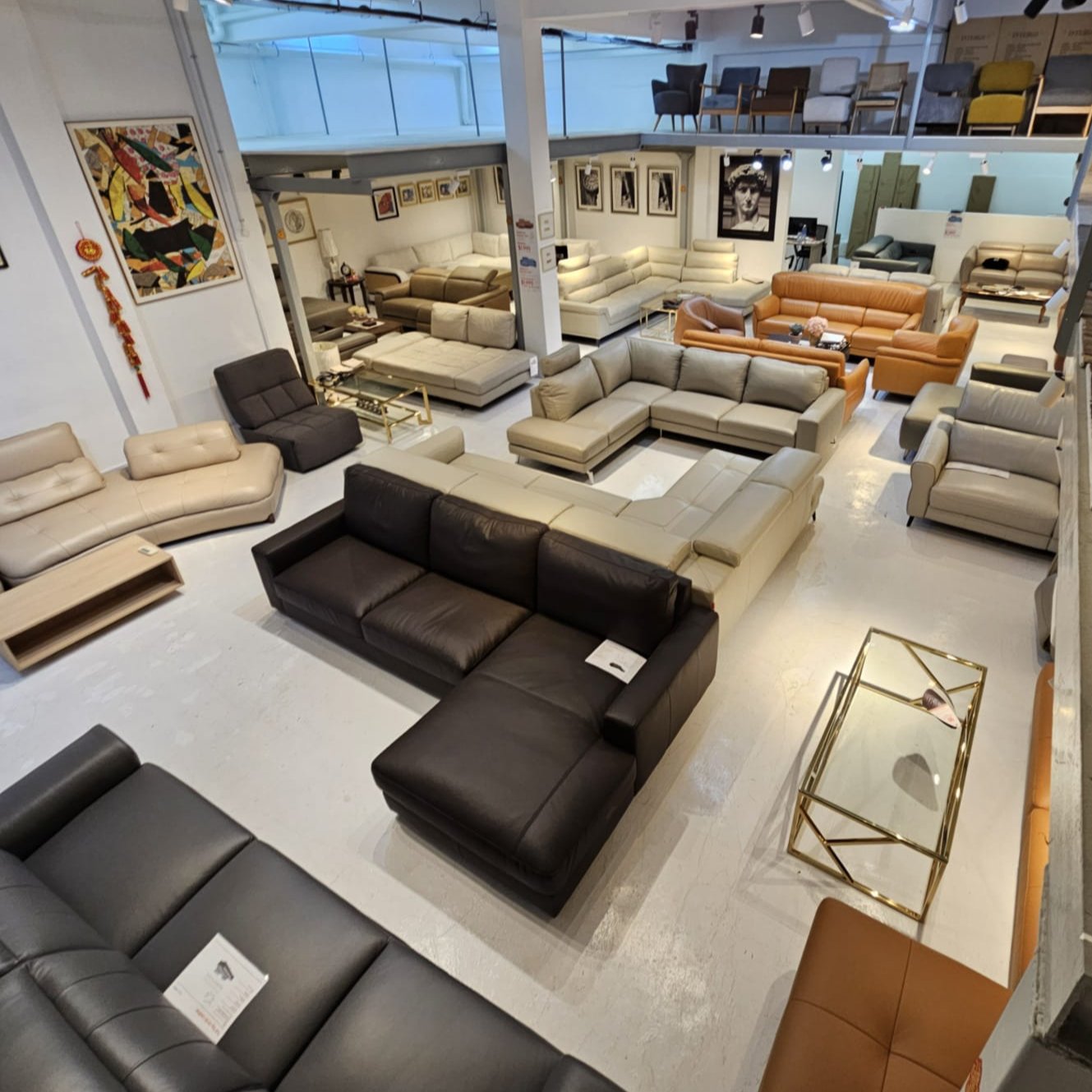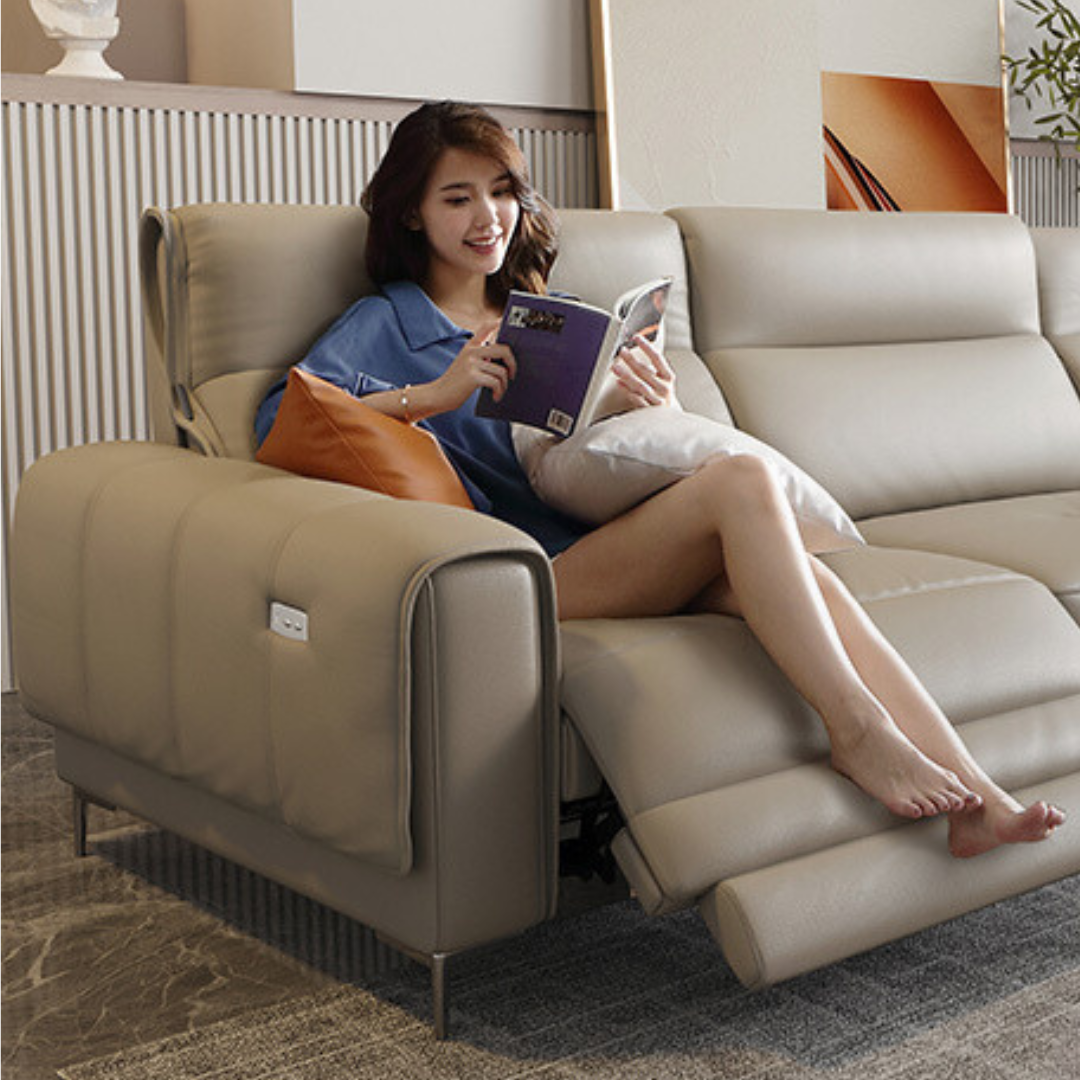While it's common sense that bunk beds should be safe before use. Approximately 36,000 bunk-related injuries happen to children every year in the United States, according to Nationwide Children's Hospital. Most such injuries are from falls while sleeping or playing. Which means they probably could have been prevented if bunk bed safety precautions had been followed. Optimal safety involves not only ensuring that the bunk bed is structurally sound and free from hazards. But that children are instructed on proper bunk use. In other words, jumping on the top bunk is not a good idea. Nor should several kids hang out on the top bunk at the same time.
#1 Have Standards Before You Buy
Any new loft or bunk bed should meet current safety regulations, set in place in 2000 by the Consumer Product Safety Commission. The product information should clearly list the manufacturer. As well as a certificate ensuring the bed has been tested and meets safety standards. An older secondhand bunk bed, or even a DIY version, may not meet these standards. So it may require a bit of modification to ensure utmost safety.
Beds and bunk beds are by far the most dangerous piece of furniture for children in the home. Designs of bunk beds are regulated in the USA, Canada, and the EU. Unlike many of our competitors', all of our bunk beds meet these standards. In UK, bunk bed safety is governed by the Bunk Beds (Entrapment Hazards) Safety Regulations Act of 1987.
#2 Bunk Bed Safety Guard Rail and Ladder Guidelines
Featured: Americana Solid Wood Single Bunk Bed
The Consumer Product Safety Commission offers specific guidelines for top-bunk guardrails. Aside from proper assembly, the guardrails and ladder or steps leading to the top bunk are among the most important safeguards on the bed. Standards in the United States require that the top bunk area on a bunk bed or loft bed has guardrails on both sides of the bunk. These rails should be at least 5 inches higher than the top of the mattress. Furthermore with gaps no larger than 3.5 inches between rails. The height helps prevent children from rolling off the bed, while the small gaps ensure a child can't get his head trapped between railings.
The 5 inches above the mattress rule also applies to the head and foot sections of the top bunk. In this case, however, the railing or headboard and footboard must cover only half of the exposed width of the bed. The side guardrails must span the entire length of the bed, other than the access port above the ladder. This access point must be 15 inches or narrower.
#3 Guard Rail Spaces Matter
The spaces between rails, headboard and footboard pose the most dangerous. They must not be too big to allow little arms, legs, and heads to be trapped. Neither can they be too small, as fingers and toes might then be trapped. Cases of children choking in the night have lead to regulations being implemented to specify the size of these spaces. A rigid 9-inch sphere is used to test all key and relevant spaces and check for possible neck entrapment scenarios.
Bunk beds must have at least two upper bunk guard rails, and one side of the upper bunk has to run the entire length of the bed. The space for ladders to access the upper bunk cannot exceed 15 inches based on US rules (45cm in the UK). The guard rails must also be fixed by on both ends to ensure maximum strength and zero rail movement.
A further regulation is the thickness and strength of the side railing. This is basically to prevent children who lean against the side railing during sleep from falling over due to breakage of the side rail.
The ladder or steps used to access the top bunk should also be secure and unable to slip, wobble or otherwise come free from the bed during use.
#4 Building and Assembling Checklist Is Part Of Bunk Bed Safety
Featured: Americana Solid Wood Triple Bunk Bed
Both bunk and loft beds should be assembled properly and tested before use. Whether building a bed from plans or assembling a bed from a big-box store, proper assembly is the key to preventing bed failure and helping prevent injuries. While a slight wobble may not be much of an issue for the typical bed, it could be a big deal on a bunk bed, causing screws to loosen to the point that the frame pieces separate. The extra time and care spent during assembly help guarantee the bunks are as safe as possible before use.
Follow assembly instructions, even if the project seems simple. Ensure that all parts are used and none are left over, unless extra fasteners are intentionally included in the package. An unintentionally left-over part could be cause for a major safety concern over time.
#5 Bunk Bed Safety Checklist
Wooden elements should be smooth, with no splintering boards or sharp corners. Check every portion of each board to ensure it's safe. If necessary, sand problem areas smooth to help prevent injuries. Metal parts should also be free from burrs and sharp edges.
One often overlooked component of the bunk bed are the bed slats. These often have plenty of splinters. The best bunk beds use a platform base that is covered with fabric. These types of bunk beds are the safest.
Do not let fasteners such as screws or bolts stick out from the bed, whether it is made of wood or metal. Protrusions could cause cuts and scrapes, or even snag clothing.
#6 Check The Sturdiness Of The Bunk Bed
Ensuring the sturdiness and stability of a bunk bed is of utmost importance to guarantee the safety and comfort of those using it. Once the bunk bed is fully assembled, take a moment to evaluate its stability by performing a simple yet effective test. Begin by gently wiggling the bed from different angles, applying slight pressure to simulate movements that may occur during use.
During this inspection, pay close attention to any signs of wobbling or instability. If you notice any movement or looseness, it is essential to promptly address the issue. First, check that all fasteners, such as screws, bolts, and nuts, are securely tightened. If any components feel loose, use the appropriate tools to tighten them until they are snug and secure.
Additionally, ensure that all bracing elements, such as support beams and ladder attachments, are properly installed and in their designated positions. These elements play a crucial role in maintaining the structural integrity of the bunk bed. Verify that they are securely fastened and aligned correctly.
#7 Mattresses Are Part Of The Bunk Beds
Apply weight and pressure to the mattress foundation for both top and bottom bunks. These should offer enough support so that they won't fail under the weight of children using the beds. This foundation area should fully support the entire mattress evenly—no slat-based systems with huge gaps that allow the mattress to sag between boards.
Check the mattress foundation area for gaps near the frame before adding the mattress. A safe bunk bed has no gaps between the foundation and framework large enough for a child's head to get trapped. Inspect the bed again once the mattresses are in place.
Use only the mattress size and thickness indicated for the bunks. For instance, we recommend using a mattress not more than 4 inches for the upper deck.
#8 The Importance of Placement
Featured: Americana Study Loft Bunk Bed
Place the bunk bed in a corner to help stabilize it. No matter the age of the kids sharing the room, bunk bed placement is a key safety concern. Place the structure in a corner, whenever possible, to add stability. This helps keep the bed from wobbling as a child accesses the top bunk. The less the bed wobbles, the less frequently you'll have to tighten its screws or nuts.
- Keep the bed a safe distance from ceiling fans, light fixtures and curtain hardware to ensure the child in the top bunk doesn't hit her head while in bed or climbing the ladder. The bed should also be away from windows.
- Remove obstructions and tripping hazards from the ladder or top-bunk access point area, as well as from the walking path from the bunks to the bedroom door. Remind the kids to pick up toys and clothing before going to bed each night to keep their path to bed clear.
- Do not hang items such as clothing, ropes, or toys from the top bunk's posts or the ladder area. These could cause injury or strangulation.
- Place a nightlight in an outlet near the ladder, illuminating the climbing area. If the room is extremely dark at night, add another light so that the path to the room's exit is visible in the middle of the night.
#9 More Safety Precautions

Featured: Customized Children Loft Bed
Even thought it can be fun, kids should not jump on the top bunk. Whether the kids are in primary school or home from college, periodically review a few basic rules with them to help ensure their safety while using the bunks.
- Children under age six shouldn't sleep in the top bunk. They don't have the coordination necessary to climb the ladder safely, especially in dark conditions.
- Only one child should use the top bunk at a time. This is especially true for teens and tweens, as the added weight could cause the mattress foundation to fail.
- No rough playing or jumping on either bunk. This also means no climbing on or hanging from the framework.
- While it's tempting to hang backpacks, clothing or other items from the bedposts or the ladder, don't. These are all potential safety issues.
- Keep the area surrounding the bed free of clutter. Get the kids into the habit of removing potential tripping hazards such as clothing and shoes from the area surrounding the bunk. The kids should do this on a daily basis, before going to bed.
- For sleepovers, remind all guests of these rules to help prevent injuries.
#10 Look out For Toxic Finishes
Lead poisoning is a severe health risk, particularly for young children. The toxic metal can cause irreversible damage to the brain and nervous system, leading to developmental delays, learning difficulties, and even death. Unfortunately, lead is still found in many household products, including some paints.
Children who bite or chew on painted surfaces, such as bed rails, are at a particularly high risk of lead poisoning. Ingesting even small amounts of lead can have serious consequences, which is why it is crucial to ensure that the finishing used in children's furniture is lead-free.
One source of concern is the brightly-colored paints that come from unregulated factories in the East. Many of these paints contain dangerous levels of lead, which can be easily absorbed through the skin or ingested if a child puts a painted surface in their mouth.
To protect children from the dangers of lead poisoning, it is essential to choose furniture that is free of lead-based finishes. Look for products that are labeled as "lead-free" or "low-VOC," which means that they contain minimal amounts of volatile organic compounds.
If you are unsure whether a product is safe, you can also check with the manufacturer or contact a professional testing lab to have it analyzed. With the right precautions, you can help keep your children safe and healthy while enjoying the benefits of beautifully designed, safe and eco-friendly furniture.
Recommended Links
- Bunk Bed Collection
- Solid Wood & Custom Queen & King Bed Collection
- Tatami Storage Bed Collection
- Single Bed Collection
Top Bunk Bed Questions
- What Are The Advantages Of Bunk Beds Over Traditional Beds?
- Are There Any Specific Age Recommendations For Bunk Bed Usage?
- Can Adults Use Bunk Beds?
- Can bunk beds accommodate different mattress sizes?
- What Are The Weight Limits For Bunk Beds?
- Are There Any Design Options Or Customization Choices For Bunk Beds?
- Can Bunk Beds Be Separated Into Two Separate Beds?
- Do Bunk Beds Come With Built-in Storage Options?
Follow our facebook page for the latest deals.

















